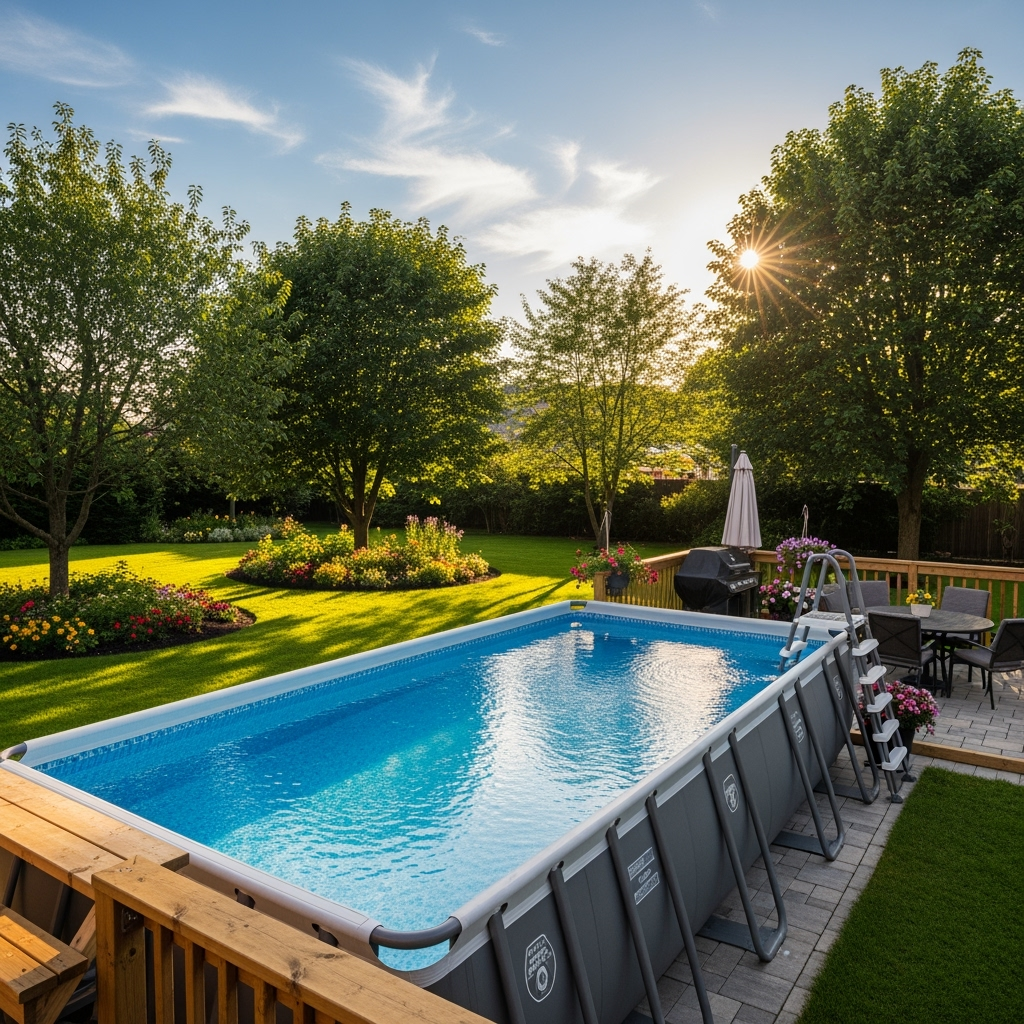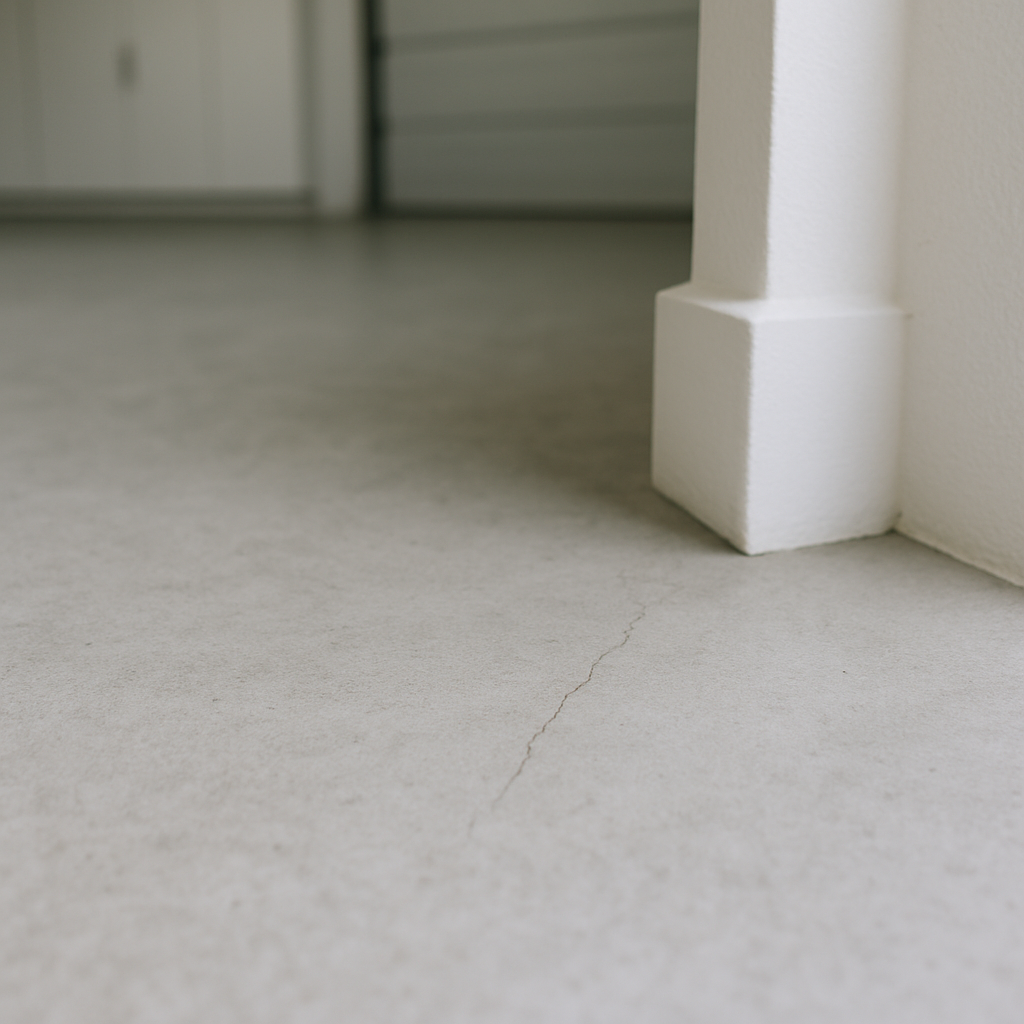Last updated on
Creating a successful bathroom design is never an easy task, and if not done right it can cause costly repairs in the future. Even though putting together every element of a functional, attractive bathroom is a tall order – from determining the best fixtures and fittings to choosing the most suitable layout – there are some core principles that you’ll always want to keep in mind throughout the process.
In this blog post, we’ll discuss how following these tips can help turn your dream bathroom into reality without any hassle or setbacks along the way.
What's Inside
Consider Functionality First

Before diving into the exciting world of selecting tiles and fixtures, take a moment to carefully consider the functionality of your bathroom. Think about the different individuals who will be using the space and how they will be utilizing it.
Will it primarily serve as a quick and efficient morning routine area or as a lavish sanctuary for ultimate relaxation? Taking these factors into account will enable you to identify the essential elements and strategically position them for optimal convenience and comfort.
Focus on Specific Elements

When planning your bathroom design, paying special attention to specific elements can elevate the overall aesthetic and functionality. First, consider the taps. Opt for designs that blend well with your chosen theme, while ensuring that they provide adequate water pressure.
You can conveniently buy taps online, which offers a wider variety to choose from and can provide better deals. The bathtub, often a centerpiece of any bathroom, should offer comfort and style.
Choices range from freestanding tubs to built-in versions, each with its own distinct advantages. Thirdly, consider the flooring. This aspect is often overlooked, but it plays a crucial role in the overall functionality and aesthetic of the bathroom. It needs to be slip-resistant for safety, durable to withstand regular exposure to water and well-coordinated with your bathroom’s color scheme and style.
Options range from ceramic and porcelain tiles to natural stone and even engineered wood. These details, while seemingly small, can significantly enhance the efficiency and appeal of your bathroom.
Play with Lighting

Lighting is a crucial aspect of any bathroom design, both for practical and aesthetic purposes. Natural light is always preferred, so if possible, try to incorporate windows or skylights into the design.
This will not only provide ample natural light but also create a sense of openness and connection with the outdoors. If windows or skylights are not feasible, consider using light tubes or light wells to bring in natural light from above.
In addition to natural light, it’s essential to include enough artificial lighting to ensure ample brightness for various tasks. Consider layering different types of lighting, such as overhead, ambient, and accent lights, to create a welcoming and functional atmosphere.
For example, recessed ceiling lights can provide overall illumination, while wall sconces or vanity lights can offer task lighting for activities like applying makeup or shaving. Don’t forget to incorporate dimmers to adjust the lighting intensity according to different needs and moods.
Choose Durable Materials

Bathrooms are high-traffic areas that are exposed to moisture and humidity, so selecting durable materials is key. Opt for water-resistant flooring options like porcelain or ceramic tiles, which are not only practical but also offer a wide range of designs and styles to suit your taste.
Avoid using hardwood or carpets in the bathroom as they are prone to damage and can be challenging to maintain in wet environments. When it comes to fixtures and fittings, choose materials that are not only aesthetically pleasing but also easy to clean and maintain.
Stainless steel, brass, or chrome finishes are popular choices for faucets and hardware as they are resistant to water damage and can withstand daily use without losing their appeal. Additionally, consider using ceramic or tempered glass for shower enclosures and countertops, as they are durable, easy to clean, and can add a touch of elegance to your bathroom.
Don’t Skimp on Storage
Clutter can quickly make a bathroom feel cramped and disorganized, so it’s crucial to incorporate sufficient storage space in your design. Built-in shelves and cabinets are excellent options for storing towels, toiletries, and other bathroom essentials.
Consider utilizing vertical storage solutions, such as tall cabinets or wall-mounted shelves, to maximize space in smaller bathrooms. You can also add stylish baskets or containers to keep smaller items organized and easily accessible. To make efficient use of empty wall spaces, consider installing hooks or racks for hanging towels or robes.
This not only adds functionality to the bathroom but also adds a decorative element. Don’t forget to include a vanity with drawers or shelves to keep everyday items within reach and neatly organized. By prioritizing storage in your bathroom design, you can create a clutter-free space that promotes relaxation and peace of mind.
Keep Accessibility in Mind
When designing a bathroom, it’s essential to consider accessibility, especially if it will be used by individuals with mobility issues or disabilities. Incorporating accessible features can greatly enhance the functionality and safety of your bathroom design.
Install grab bars in the shower and near the toilet to provide support and stability. Opting for a walk-in shower instead of a bathtub can make it easier for individuals with limited mobility to access and use the shower area. Ensure that there is enough space for wheelchair access, with wider doorways and clear floor space.
Consider incorporating a wall-mounted or floating vanity to provide ample legroom for wheelchair users. Additionally, choose fixtures and fittings that are easy to operate, such as lever handles or touchless faucets, to accommodate individuals with limited dexterity. By making these small adjustments, you can create a bathroom that is inclusive and accessible to all.
Add Personal Touches
To make your bathroom design truly unique, don’t forget to add personal touches that reflect your style and personality. Consider incorporating decorative elements such as artwork, plants, or unique fixtures and hardware. Hang a piece of artwork that resonates with you and complements the overall color scheme and theme of your bathroom.
Introduce plants or flowers to bring a touch of nature and freshness into the space. In addition to these decorative elements, consider incorporating unique fixtures and hardware that add character to your bathroom.
Choose statement pieces such as a distinctive faucet, an ornate mirror, or vintage-inspired light fixtures to make a bold design statement. These personal touches not only enhance the visual appeal of your bathroom but also create a sense of comfort and relaxation, making it a space you truly enjoy spending time in.
Designing a successful bathroom involves a careful balance of function, aesthetics, and personal style. By focusing on its functionality first and then carefully selecting elements like taps, bathtubs, and flooring, you can create an efficient and appealing space.
Lighting plays a crucial role, with both natural and artificial light contributing to the overall atmosphere. Durable materials, ample storage, and accessibility features all add to the longevity and usability of your bathroom.
Lastly, adding personal touches gives your bathroom that unique flare that makes it truly your own. With these core principles in mind, you are well on your way to designing a bathroom that is not only efficient and attractive but also a reflection of your personal style and taste.




